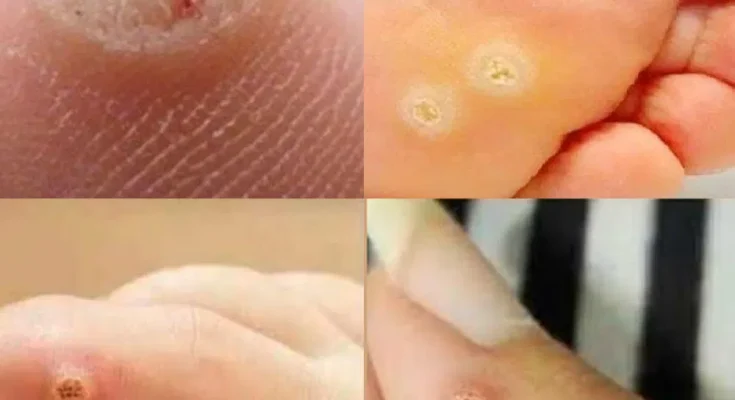Most moles are harmless spots made up of pigmented skin cells. When they’re even in shape and color, they usually don’t pose a threat. But if a mole begins to change—getting larger, developing new colors, itching, bleeding, or forming a crust—it may signal something serious such as melanoma or another type of skin cancer. Early detection makes a huge difference in treatment success.
How to Check Moles Using the ABCDE Rule
Dermatologists recommend paying attention to five main warning signs. A suspicious mole may be asymmetrical, have irregular or blurred borders, show several different colors, be larger than a pencil eraser, or show any kind of change over time. If you notice one or more of these traits, it’s time to get it checked by a medical professional.
Other Skin Growths Worth Watching
Unusual moles aren’t the only growths that can indicate trouble. Rough, scaly patches caused by sun damage may be precursors to squamous cell carcinoma. Pearly or waxy bumps on sun-exposed areas can be basal cell carcinomas. Firm, reddened nodules or flat crusted lesions may signal squamous cell carcinomas. Even harmless brown or black “stuck-on” spots called seborrheic keratoses can sometimes be mistaken for something more serious.
Warning Signs You Shouldn’t Ignore
Seek medical advice promptly if a new bump appears or an existing spot grows quickly. Itching, pain, bleeding, discoloration spreading beyond the edges, or an open sore that refuses to heal are all red flags that deserve professional evaluation.
What to Do if You Spot Something Suspicious
Regular self-checks under good lighting help you catch changes early. If anything looks unusual, book an appointment with a dermatologist. They can examine the area and, if necessary, perform a biopsy or removal. You can also lower your future risk by using sunscreen every day, avoiding tanning beds, and covering up during peak sun hours.
Why Early Detection Matters
Sarah, a 42-year-old teacher, once thought a growing mole was “just aging.” After delaying for months, she finally saw a doctor and learned it was melanoma. Because it was caught in time, surgery removed the cancer before it spread. Now she encourages everyone to take suspicious spots seriously.
Prevention Tips for Healthier Skin
Knowing your family history helps you understand your personal risk. Limiting sun exposure during the middle of the day, applying broad-spectrum SPF 30+ sunscreen even when it’s cloudy, and skipping tanning beds all reduce your chance of developing skin cancer.
Bottom Line
Not every skin change signals danger, but staying aware and acting quickly can protect your health—and even your life. If you notice a mole or growth that looks different, don’t wait. Get it checked.



